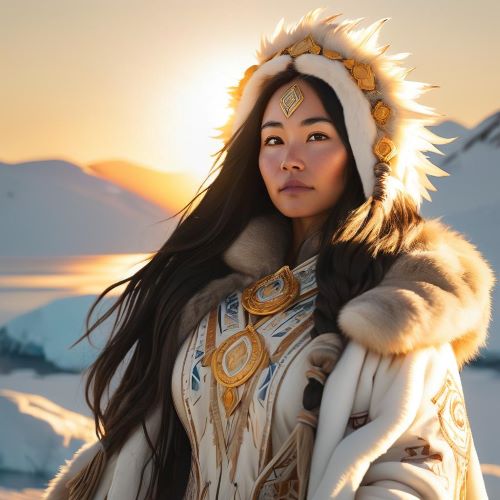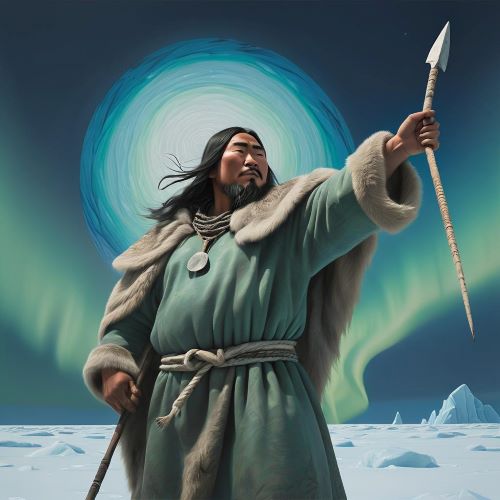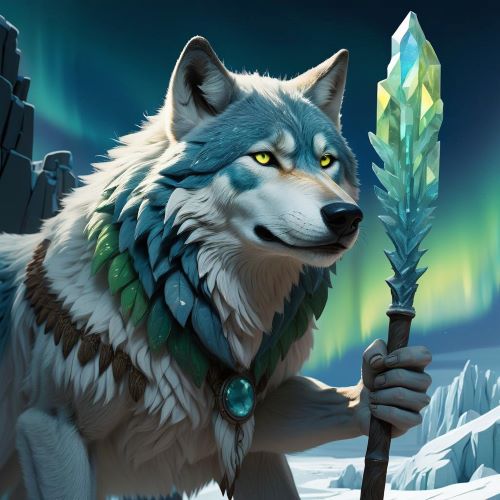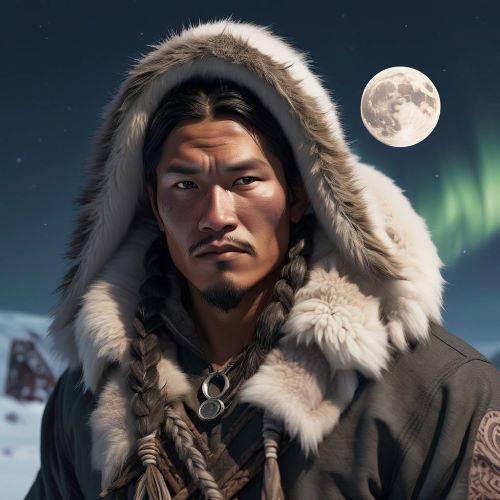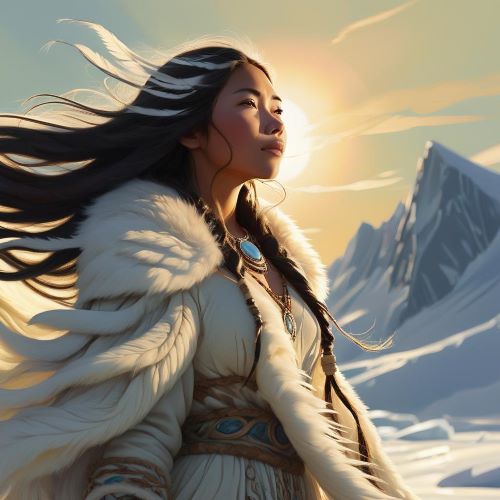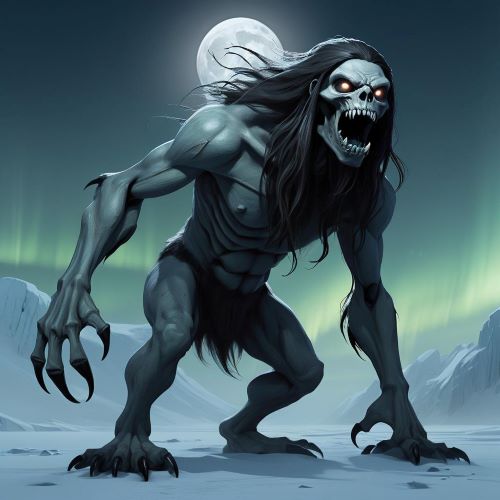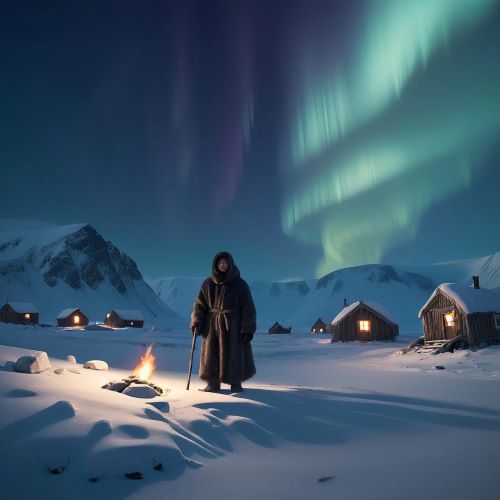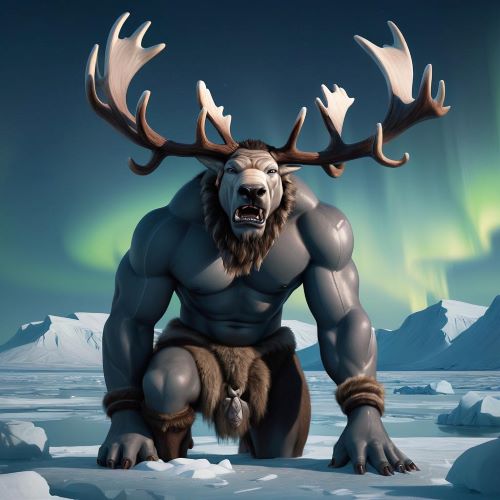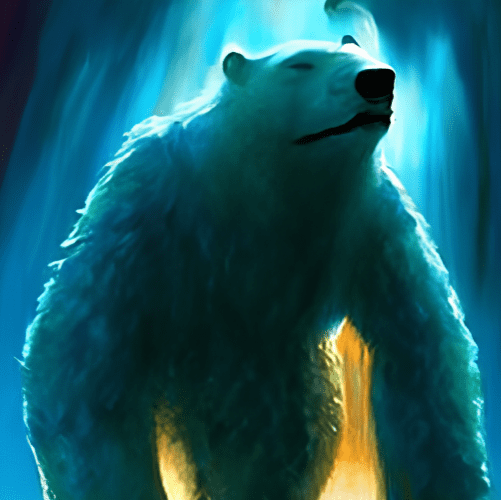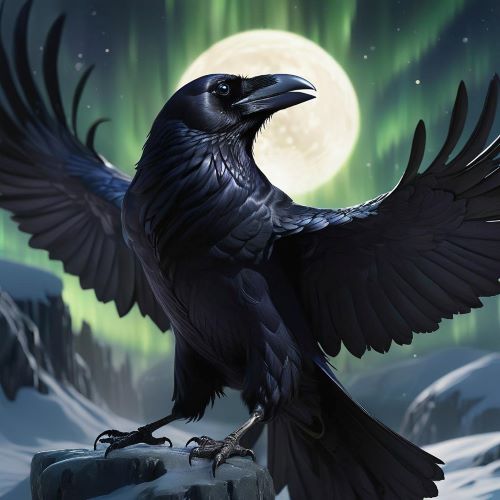Inuit Mythology
Inuit Mythology refers to the history and traditions of the people who occupy the Arctic region of North America and known as Eskimo people who believe in the myths and legends that guide the meaning they give to life. Inuit simply means ‘the people’ as opposed to the singular form of it, Inuk which means ‘the man’.
Inuit Mythology is closely related to the Roman and Greek fables which have given the Eskimo people notions about the value of good and the knowledge of evil through the practice of shamanism. Shamanism is a practice where men have the ability to make predictions about future events and invoke spirits. It can be traced to the Inuit arrival at Greenland and the replacement of the Dorset people in 1300 AD throughout the Arctic territory of North America.
Inuit mythology is characterized by the presence of certain gods such as the goddesses of the sea. The myth of the goddesses of the sea is quite significant as it explains the abundant presence of fishes in the sea and the absence of trees across the Arctic regions. The myth portrays goddesses like Sedna, Nuliayuk, Taluliyuk, Taleelayuk.
The Inuit Mythology also speaks of great legends such as Lumiuk that talks about a young blind child when faced abuse and humiliation from many around him. In a bid to end this, he seeks refuge in the sea and regains his sight. Another legend speaks of a woman who became the guardian of all aquatic animals because she was thrown into the sea.
From various oral and written references, the Inuit Mythology is characterized by many gods who have powers related to some aspect of nature. They include Sila and Still (god and goddess of air), Pinga (god of fertility), Qailertetang (god of fishermen and hunters), Nuna (god of earth), Saranik (goddess of the sun), Tukik (god of the moon).
Inuit mythology has continued to grow and gain popularity because of the continuous telling of these folktales to generations, as this has been the method of passage alongside written literature.





